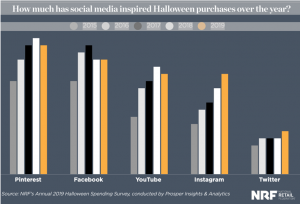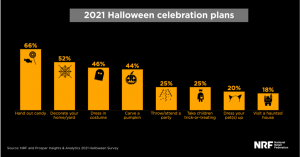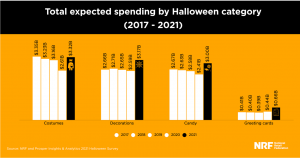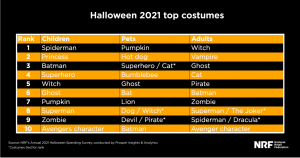We’ve all been there before. We’ve sat in a meeting or been cc’ed on an email thread where someone threw out some jargon we’d never heard before, but by the grace of context clues or impostor syndrome, nodded our way through it.
Office work is full of ever-changing lingo, an entire language within a language. But what is supposed to be logistical shorthand often becomes something else entirely. Workers can use it to make something seem more important or serious than it is, passive aggressively ask for something, passive aggressively ignore something, or even just generally convey a level of competency the speaker may or may not have. You may even find yourself employing such vocabulary without truly understanding the meaning, living in fear of the day that someone finally asks you what you meant when you said “prototype.”
Well, fear not. To help you navigate the unwieldy world of white-collar words, here is your guide to some of the most common office jargon.
Circle back
- What it means: Let’s start with an easy one. To circle back is to follow up.
- Example: “Let’s circle back on this idea next week!”
- What it really means: This can go one of two ways:
When the speaker employs it referring to the future (“Let’s circle back on this”), it really means they have no intention of dealing with the topic at hand and wish instead to gently kick it down the road, often in hopes that everyone forgets about it.
On the other hand, when the speaker/emailer uses it in the present referring to the past (“Hey, just circling back on this!”), they are extremely stressed and reminding the recipient of a task or project that is wildly overdue.
Bubble up
- What it means: Related to “circle back” in that it pulls from round imagery, to “bubble up” is to revisit an email conversation with the intention that the conversation’s recency keeps it at the top of your inbox.
- Example: “Just bubbling this thread to the top of your inbox”
- What it really means: More effervescent than its two-dimensional cousin “circle back,” “bubble up” is a gentler reminder to revisit an email thread, with the understanding that said thread may have gotten lost under a trove of other emails, as-of-yet unsubscribed sale announcements, media newsletters, petition requests, and other messages from retailers the recipient maybe bought something from once six years ago.
Ideate
- What it means: To ideate is to come up with an idea but like in a deep, innovative, visionary way.
- Example: We’ll take some time to ideate a solution for the distribution platform.
- What it really means: Brainstorm. Yes, ideation and brainstorming are two different things, but the vast majority of the time in office workplaces, when people say “ideate,” they really mean “brainstorm.”
Leverage
- What it means: To employ advantages (often social media followings these days) to convert a certain behavior and reach a specified goal.
- Example: We’re leveraging our social media audience to bump up sales.
- What it really means: To use. Or to let Instagram “do its thing.” (“Leverage” is also misused very often.)
In these trying/unprecedented times
- What it means: This phrase is meant to acknowledge the extremely difficult emotional and physical toll the pandemic and current events are continuing to take on us.
- Example: “We’re working harder than ever before to make our employees feel safe and supported in these trying times.”
- What it really means: Often used to convey compassion for how difficult it is to live through political instability and a global health crisis — right before asking employees to do their job like it’s a normal day.
Agile
- What it means: In project management theory, there are two main approaches. Waterfall is a structured, linear model in which one phase must be finalized before the next phase begins, while agile prioritizes a more flexible approach centering collaboration, adapting, and incremental progress.
- Example: “Let’s stay agile on this project, team!”
- What it really means: “Agility” is often a warning that you will need to adapt to an increasingly demanding workplace with unrealistic expectations and unmanageable workloads in these trying times.
Offline
- What it means: To flag a topic that is irrelevant in the current conversation to revisit in a separate conversation.
- Example: “Let’s take this conversation offline” or even “Let’s offline this conversation.”
- What it really means: There are so many ways meetings can get out of hand, and so often, it comes down to one person just going off on a tangent. Taking something offline is a diplomatic way to get the conversation back on track without hurting anyone’s feelings. And just like “circle back,” it often does not matter if the conversation actually gets revisited.
Ping
- What it means: To directly message an individual.
- Example: “I’ll ping you about the fonts we’re thinking about.”
- What it really means: Similar to “offline,” “pinging” is a promise to get in touch with an individual that often goes unfulfilled.
Hop on a call
- What it means: To meet virtually.
- Example: “Let’s hop on a call and knock this deck out.”
- What it really means: This could be an email, but I really enjoy the sound of my own voice.
NFT
What it means: Please don’t get me started.
About the author.
Sam Mani writes about work, creativity, wellness, and equity — when she’s not cooking, binging television, or annoying her cat.




